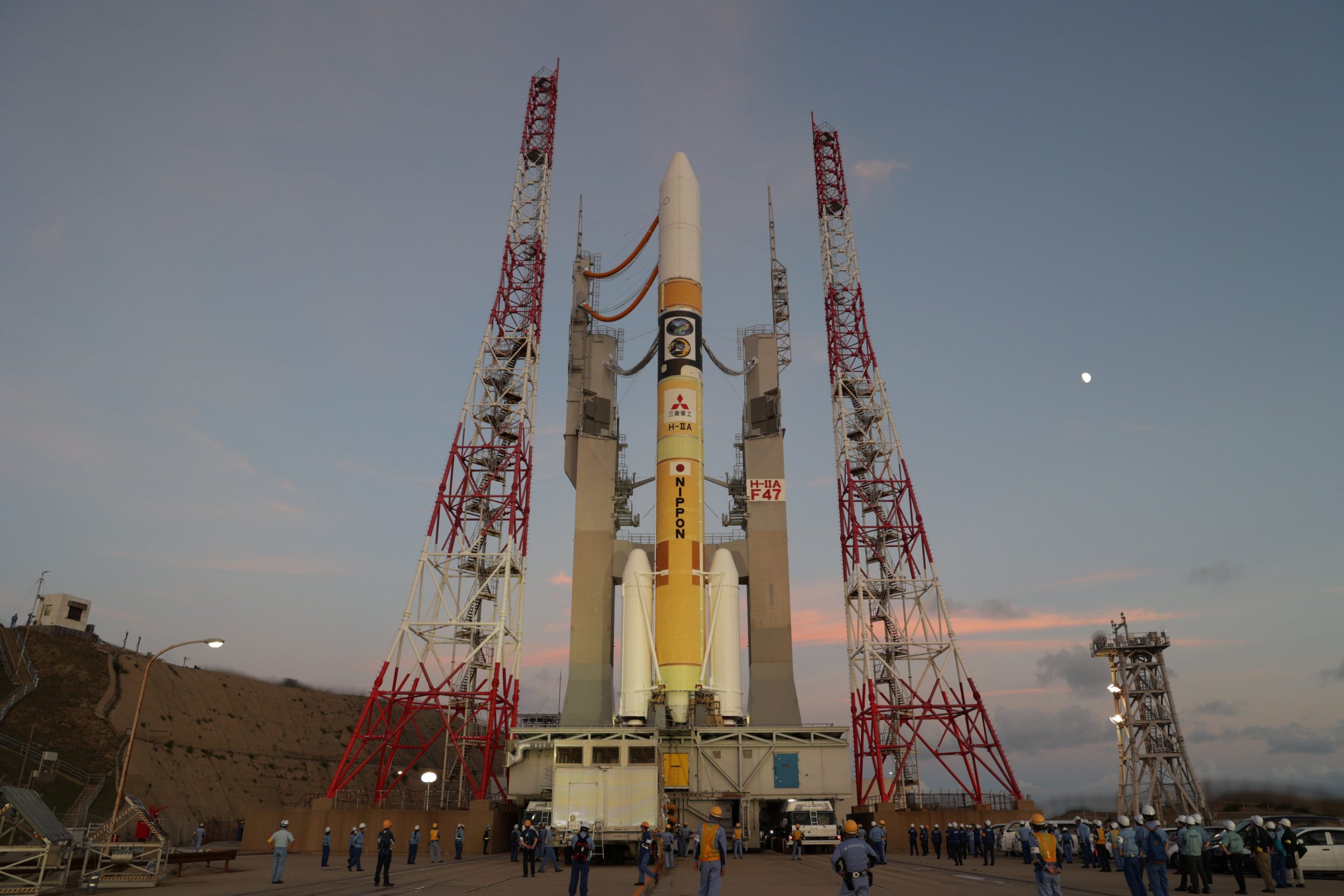Japan’s ambitious plan to launch its first spacecraft to the moon faced a setback on Monday. The country’s space agency, along with operator Mitsubishi Heavy Industries (MHI), had to suspend the planned launch of the H-IIA rocket due to unfavorable high-altitude wind conditions. This decision was made less than 30 minutes before the scheduled liftoff.
Despite the H-IIA rocket’s impressive track record of a 98% launch success rate, the upper atmosphere’s unsuitable wind conditions posed a significant challenge. MHI’s launch unit chief, Tatsuru Tokunaga, explained that these winds breached the safety parameters established to prevent falling debris from affecting areas outside the designated zones.
While a new launch date has not been finalised, it’s expected to be no sooner than Thursday. This delay is due to necessary processes like refueling. There is a possibility that the launch could be postponed as late as September 15, as indicated by MHI and the Japan Aerospace Exploration Agency (JAXA).
The intended launch site was JAXA’s Tanegashima Space Center in southern Japan. Unfortunately, the rocket’s liftoff had already been postponed twice due to inclement weather the previous week. Once launched, it would be the 47th mission of its kind under the H-IIA series.
A crucial payload of this mission is JAXA’s Smart Lander for Investigating Moon (SLIM), representing Japan’s first-ever attempt at a lunar landing. This milestone was intended to follow Tokyo-based startup is pace’s Hakuto-R Mission 1 lander, which crashed on the lunar surface in April.
JAXA’s plan was to initiate SLIM’s moon landing from lunar orbit between January and February 2024, contingent on a successful launch. This aspiration aimed to replicate the recent success of India’s Chandrayaan-3 moon exploration mission.
Additionally, the rocket carried an X-Ray Imaging and Spectroscopy Mission (XRISM) satellite, a collaborative effort involving JAXA, NASA, and the European Space Agency.
The H-IIA rocket, jointly developed by JAXA and MHI, has long been Japan’s flagship space launch vehicle. It boasts a remarkable track record with 45 successful launches out of 46 attempts since its introduction in 2001. However, after the disappointing debut of JAXA’s new medium-lift H3 rocket in March, which ended in failure, the launch of H-IIA No. 47 was postponed for several months while investigators probed the cause of the mishap.
In pursuit of its dream to land astronauts on the lunar surface in the late 2020s, Japan’s space missions have encountered recent challenges. These include the launch failure of the Epsilon small rocket in October 2022, followed by an engine explosion during testing last month.
(With inputs from Reuters)














